When someone starts a conversation mentioning the word “AI”, it all comes down to the same question: will robots take over our jobs?
In the realm of professional learning, this question carries a different nuance: will AI replace L&D professionals?
We asked 3 L&D experts to try out our new AI Assistant, a brand-new tool that helps anyone create entire course outlines designed to make learning more effective (PS: if you’re expecting the standard AI content creation feature, you’re way out of track!).
Here’s what they said about the status of AI in skill development today and how we can move forward to improve the way we use this technology.
Imagine you know something others do not know, but you do not have the “teaching knowledge” needed to design an effective learning journey in 2023.
Okay? Let’s continue.
Imagine you need to pass your knowledge to a group of people—yes, you can’t avoid wearing the hat of the instructor and understanding what’s the best way to share what you know and make sure others can understand and replicate it.
Now, imagine you have a tool that helps you design the learning path, suggesting structure, typology, and activities for each part of the course.
Welcome WeSchool’s new AI Assistant, a tool designed to equip anyone to create custom learning experiences that actually meet the team’s goals.
Compared to standard generative AI features, the WeSchool AI Assistant does not require users to write a prompt from scratch. To make sure everyone can design effective learning experiences, WeSchool’s in-house Education Team has worked hard on defining a series of basic questions that can address every training need by simply filling out a dedicated questionnaire.
The goal? Empowering anyone to become an effective instructor without mastering the complex nuances of instructional design.
By asking five simple questions to gather essential information about the participants, including their goals, background, learning preferences, and time available, the tool can guide users to create instructional designed-based course outlines.
Since the launch of ChatGPT in 2022, there has been a 900% increase in internet searches concerning AI content. If we had to pick the #1 reason to use AI in our daily job, what would it be?
As we all know, AI helps professionals save time at a scale we’ve never seen before. David Orban, the CEO of Actioneer, an AI-powered startup coaching and data-driven investor platform has a strong opinion on the matter.
“My background is in AI, stretching back to the previous millennium. The possibilities of the current generation of tools are incredibly exciting, things we could only dream about 20 or 30 years ago. Imagine Bill Gates’ vision, the concept of a PC on every desk once considered absurd, or the idea of doing everything on our phones, which was once impossible. Today, we stand on the brink of a similar revolution where integrating AI into our processes will become as natural as having electricity in our homes.”
When asked about the current use of AI and the use of the new WeSchool feature, David is pretty clear on the advantages that come from this technology (and from the new Learning Experience Generator too): “I previously could launch one course per month without AI, with robust AI integration, I now might be able to launch 20 courses.” Indeed, from a general perspective, everybody agrees on the fact that AI content creation buys us time – up to 50% in many cases.
While these stats and ideas might apply perfectly to content creation, it’s all another pair of socks when it comes to curriculum design – and, overall, learning experience creation. Also for Doctor Keith Keating, Chief Learning & Talent Officer at Archwell, tools like WeSchool’s AI Assistant can help learning designers and subject matter experts save several hours for each learning path creation, or become a brainstorming tool for people to think about what to include in their learning experiences.
What is clear is that as our technology currently stands, AI is great at doing things faster than we can. This means, as Keith states, there is untapped scope for L&D professionals to pass on the tasks they don’t want to do (or have not yet mastered) to AI.
But if AI can help us save time, streamline content production, and support the brainstorming part of curriculum design, what role does the human part play in the picture? Indeed, another topic that emerged during the conversations with the L&D experts, while testing the feature, was human centricity.
“In terms of AI, I see myself as an early adopter who willingly explores new things. However, my willingness to continue using a tool or technology for a second time heavily depends on the outcomes it delivers“, shares Lavinia Mehedințu, Co-Founder & Learning Architect at Offbeat, the online platform that helps L&D professionals accelerate their careers.
According to Lavinia, AI is good at automating recurring tasks, but this might not be the case when it comes to personalisation based on actual learners’ needs. For example, “getting to know people at a deeper level involves noticing nuances about personality traits that AI doesn’t pick up, but we can transcribe that ‘human collected’ data for AI to process faster”.
In other words, as human beings, we need to be able to assess the results generated by AI. But how can we do that when it comes to evaluating a learning experience generative AI tool?
In a previous chat with Ross Stevenson, we came to the conclusion that from a technical standpoint, AI can create learning experiences very well. But what it can’t do is understand how people feel when they interact with it (taking emotional learning into consideration).
According to Lavinia, critical thinking and hard skills often come in the form of context. Which is why it’s still difficult for an AI to design end-to-end experiences. There are too many contextual factors that need to be assessed, including “the organization, its systems, and the individuals that are going to enroll in that experience while also having a neuroscience background to understand how to best cater for that.” From a broader perspective, Lavinia underscores the irreplaceable human touch in critically evaluating and enhancing AI-generated outcomes, noting a worry that users might be adopting AI without thoughtful scrutiny.
To sum up, AI can create effective learning paths with guidance. This is why it’s important to leverage tools that take skill gaps into account with smart prompting. This way, users can better inform AI of the many nuances and humanness that make up learning without having to be “learning experts”.
What we gather from our research is that AI’s role is to fill the missing gaps in L&D expertise. Whether that’s instructional design skills or a missing team member to bounce ideas off with, a brighter future lies in our ability to befriend technology to maximize its application.
By trusting the AI feedback loop, Lavinia’s team uses AI for idea generation and problem-solving but then utilizes their expertise to refine later concepts. For example, “if we want to improve learning events at a company, we’ll ask AI for ideas, but we still run those ideas through the human brain for the nuances and context”.
However, for this to happen, it’s important to consider how we can better equip the AI with this context. As Lavinia mentioned, context matters when creating learning paths. But “whether SME’s will be able to design them without the support of L&D experts will depend on their ability to prompt AI.” To start this process, it’s essential that AI features are designed in a way that makes prompting easier (not more complicated).
So, we’ve seen the opportunities and risks that come with implementing AI technologies in the skill development area. But what about the challenges?
Considering his background in collaborating with corporations to help them implement technological advancements through online courses, David Orban further highlights that “the real challenge lies in differentiating these courses and effectively matching users with course creators, and other users. It’s not just about the topic, but about finding the ideal community of learners and creators.”
AI will change the way we all work. For the L&D space, tools like the WeSchool AI Assistant provide anyone with the possibility to create learning paths and content materials that matter.
While also empowering them to intervene with their very human skills and nuances.
To sum up, the new WeSchool AI Assistant provides subject matter experts with the opportunity to take training experiences into their own hands.
And whereas this does not mean L&D experts will be replaced, it does mean we will see the democratization of the learning design process, making it more accessible and effective for everyone.
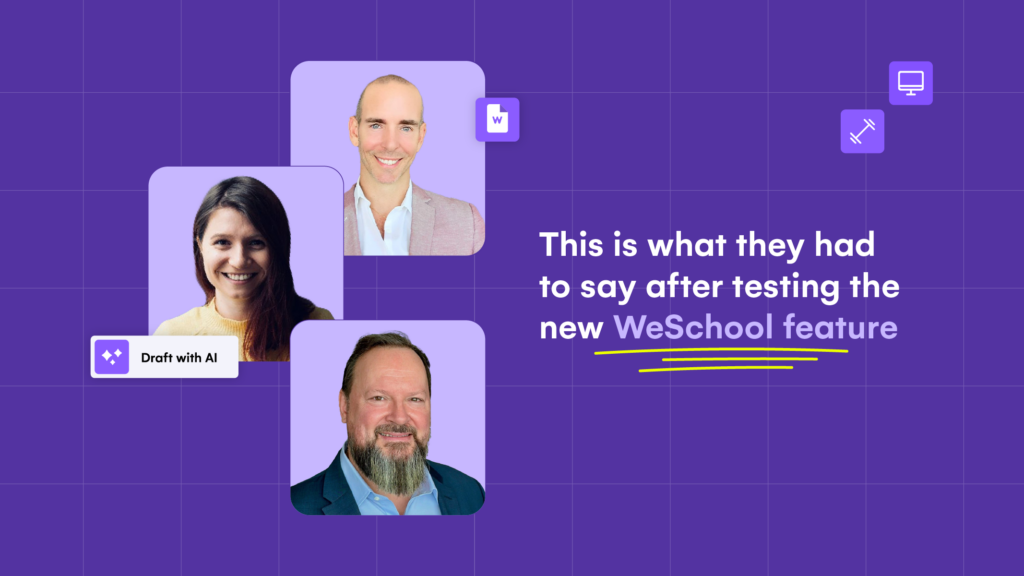
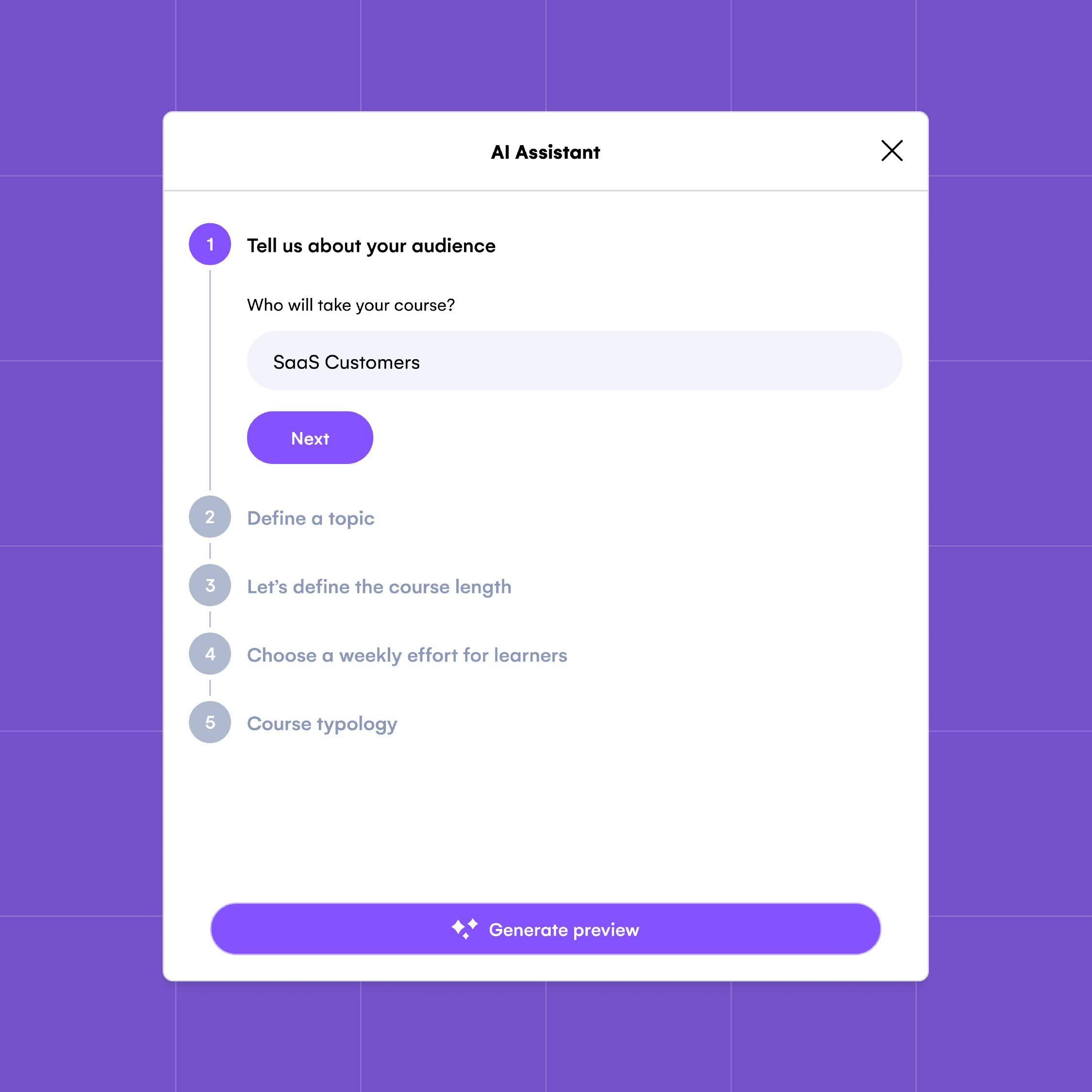
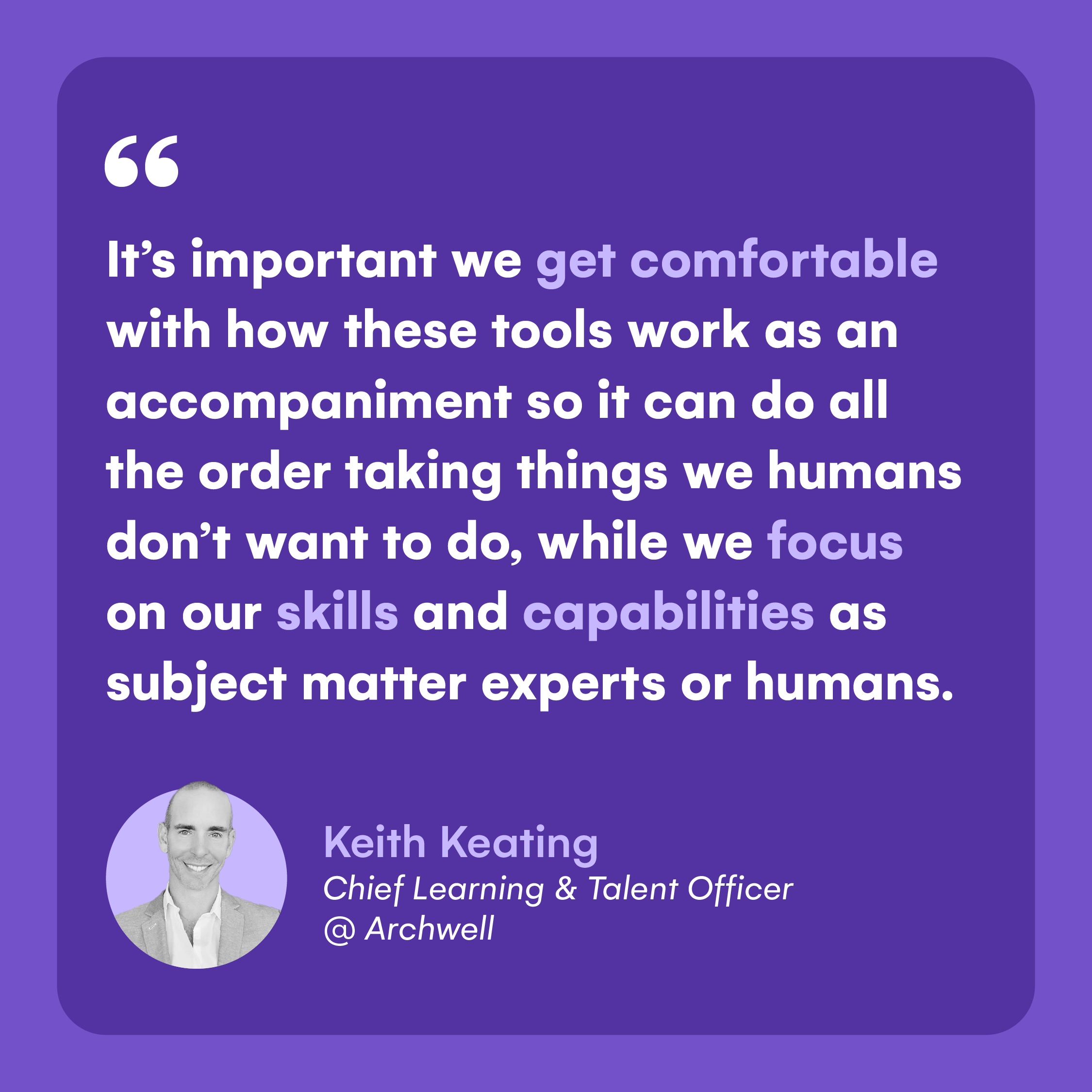
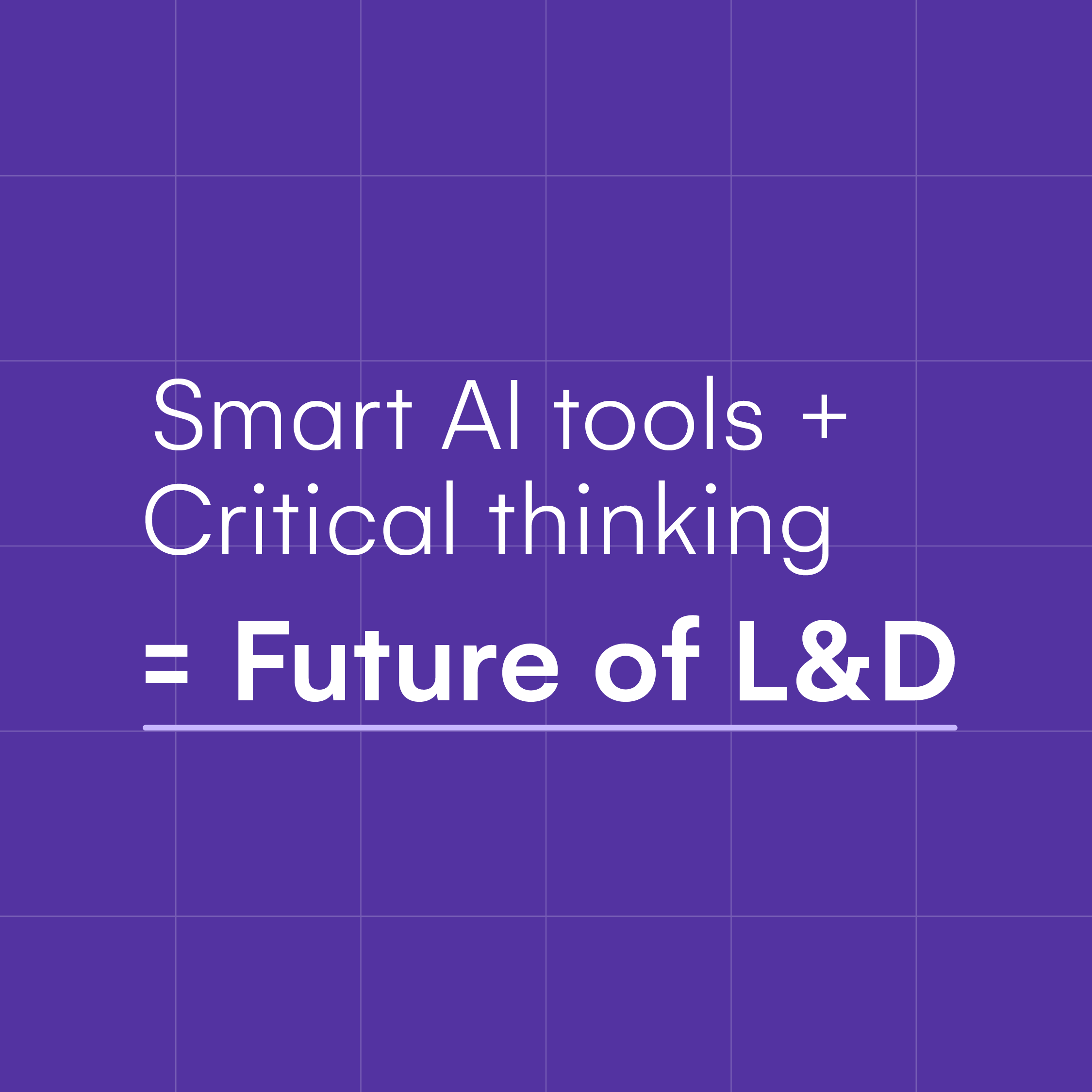
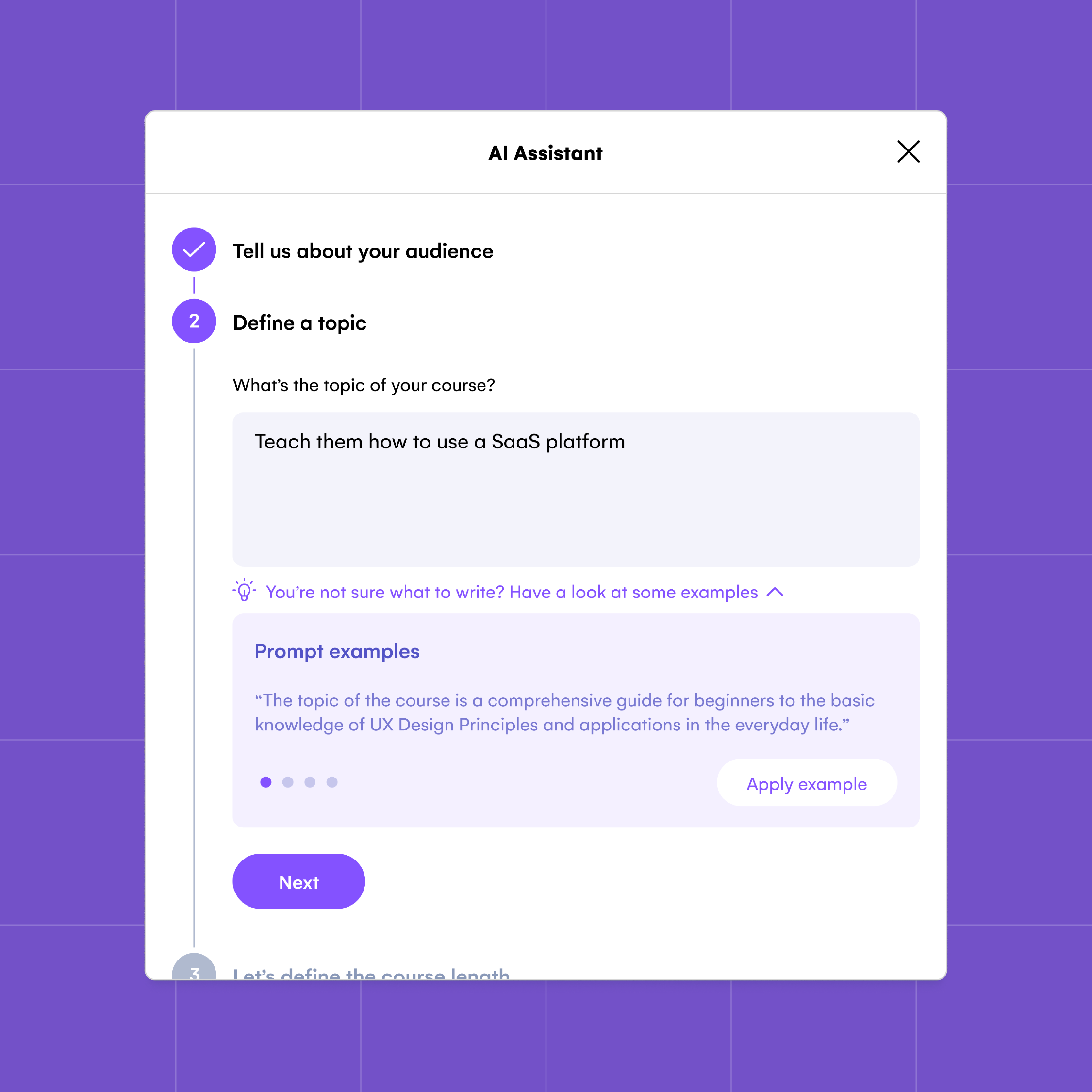



Reviews